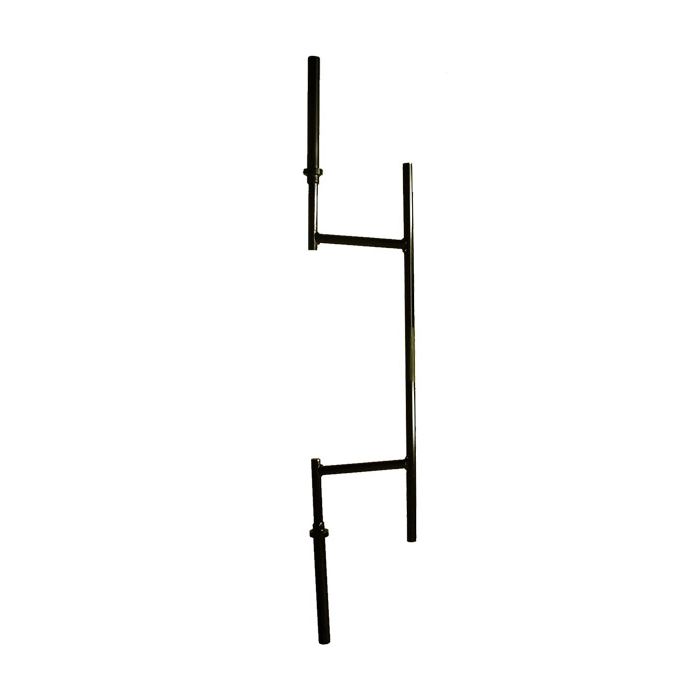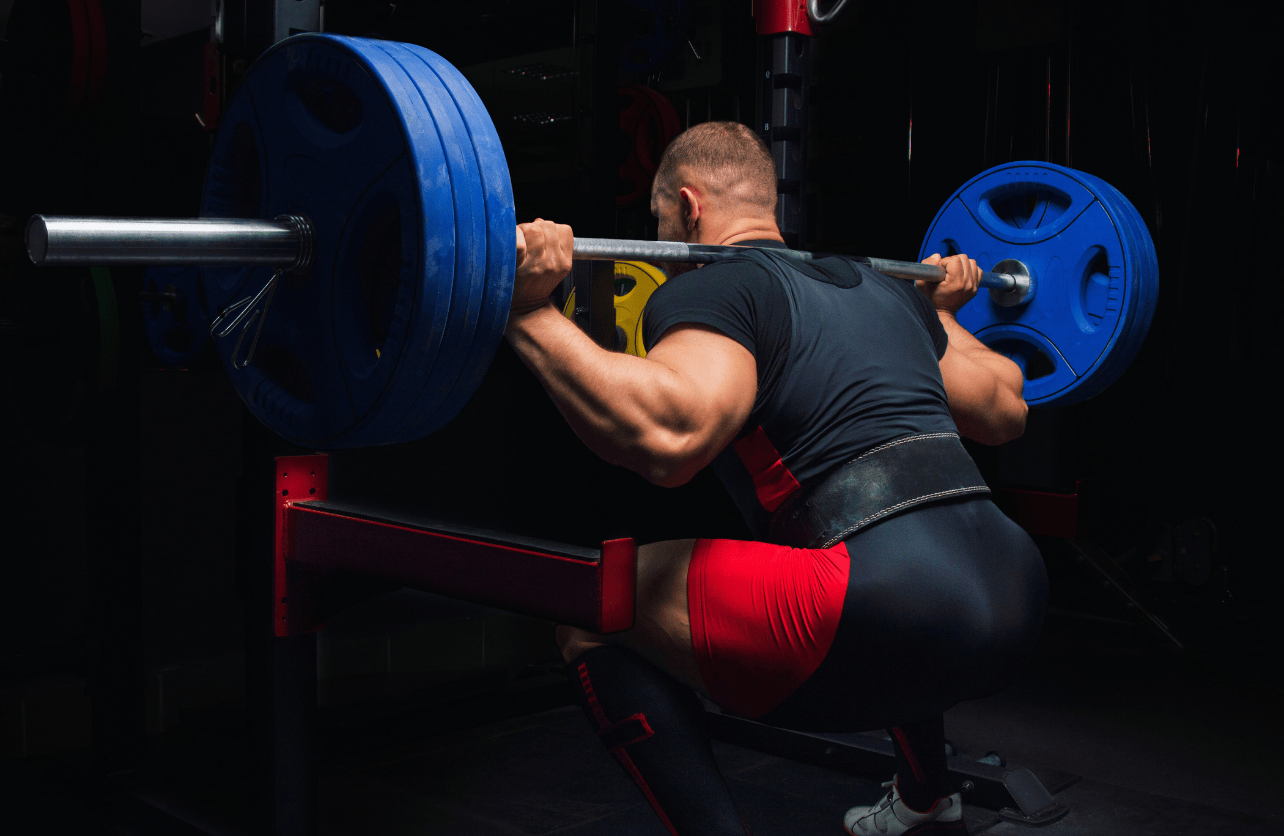If you’ve ever stepped into a gym and made your way over to the squat rack, you’ve probably noticed that not all bars are created equal. While they may look similar from a distance, squat bars can vary significantly in weight, size, and purpose depending on the type of training you’re doing. That’s why understanding which bar you’re working with is more than just trivia—it’s critical for tracking your progress and lifting safely.
Let’s break down the four most commonly used squat bars and what makes each one unique, starting with the one you’re most likely to encounter: the standard Olympic barbell.
1. The Standard Olympic Barbell

This is the most common bar you’ll find in commercial gyms, CrossFit boxes, and home setups. It’s versatile, accessible, and used for a wide range of movements—including squats, deadlifts, presses, and Olympic lifts.
The standard men’s Olympic bar weighs 20 kilograms (44 pounds), measures about 7.2 feet in length, and has a shaft diameter of 28–29 millimeters. The women’s version is slightly lighter at 15 kilograms (33 pounds) and is shorter in length, typically around 6.5 feet.
The Olympic barbell’s moderate whip (flexibility), rotating sleeves for smoother lifts, and universal size for Olympic-style plates make it ideal for general training. It has enough rigidity to handle heavy squats but enough give to support clean and jerk-style movements. If you’re doing traditional barbell back squats or front squats, this is probably the bar you’re using.
2. The Powerlifting Squat Bar

If you’ve moved beyond general strength training and into powerlifting territory, chances are you’ve encountered a dedicated squat bar. These bars are purpose-built to handle massive loads with maximum stability.
A powerlifting squat bar typically weighs 25 kilograms (55 pounds)—a full 11 pounds more than the standard Olympic bar—and measures closer to 7.9 feet in length. It’s noticeably thicker too, often with a shaft diameter of 32 millimeters, which makes the bar significantly stiffer. This rigidity reduces bar whip during heavy lifts, providing a more stable and controlled squat, especially when working with 400+ pounds.
Another important feature is the aggressive knurling, including a center knurl, which helps the bar grip your upper back and reduces the risk of slipping during low-bar squats. These bars are designed with competition in mind and are most commonly found in powerlifting gyms or federations that allow their use in sanctioned meets.
3. The Safety Squat Bar (SSB)

Not all squat bars are straight—and that’s by design. The Safety Squat Bar is a specialty bar that features a curved camber and padded shoulder rests with forward-facing handles. This design shifts the center of mass forward, encouraging a more upright torso and reducing strain on the shoulders, wrists, and elbows.
Depending on the brand, an SSB usually weighs between 20 to 30 kilograms (44 to 66 pounds). Unlike the Olympic or powerlifting bars, there isn’t a standardized weight, so it’s essential to check the manufacturer’s specs before logging your lifts.
The SSB is especially popular among lifters with shoulder injuries or limited mobility, as it eliminates the need for external shoulder rotation. But it’s not just for rehab—many strength coaches incorporate it to challenge core and upper back stability. The shift in load distribution can also reduce spinal compression for some lifters, making it a versatile and joint-friendly alternative to traditional back squats.
4. The Cambered Squat Bar

At first glance, the Cambered Squat Bar might look strange—even intimidating. Unlike traditional straight bars, it features a noticeable U-shaped drop in the middle where the weights hang, lowering the center of gravity below the lifter’s shoulders.
This design typically results in a bar that weighs around 25 kilograms (55 pounds), though, like the SSB, there’s no universal standard across brands. The unique load placement forces the lifter to fight for balance throughout the lift, making it a great tool for targeting weak points in form or adding variety to a stale training cycle.
The Cambered Bar is favored by powerlifters, strongmen, and advanced lifters looking to increase posterior chain engagement, improve bracing, or reduce strain on the shoulders and elbows. It’s not a beginner’s bar, but when used correctly, it can highlight imbalances and improve overall squat mechanics.
Summing Up
The weight and style of your squat bar matter more than most people realize. Using the wrong bar—or assuming they all weigh the same—can throw off your tracking, overload joints unintentionally, or lead to technique breakdowns. Whether you’re sticking with the tried-and-true Olympic bar or experimenting with specialty bars like the SSB or Cambered Bar, understanding each tool’s purpose helps you train smarter, not just harder.
So next time you unrack a bar for squats, take a moment to identify which one you’re using. Your progress—and your joints—will thank you.

